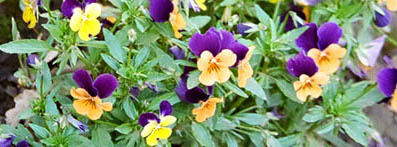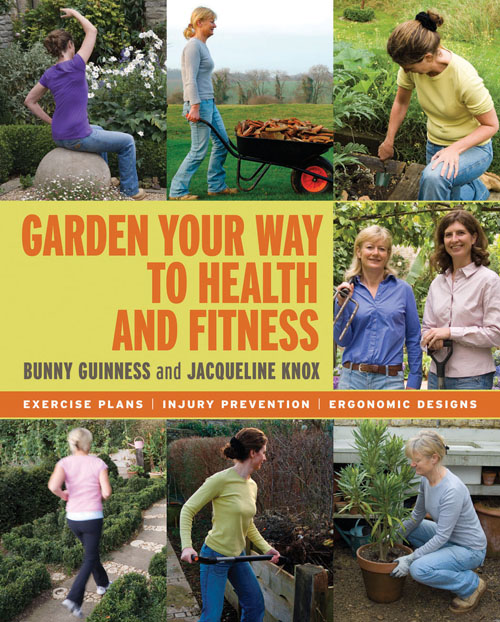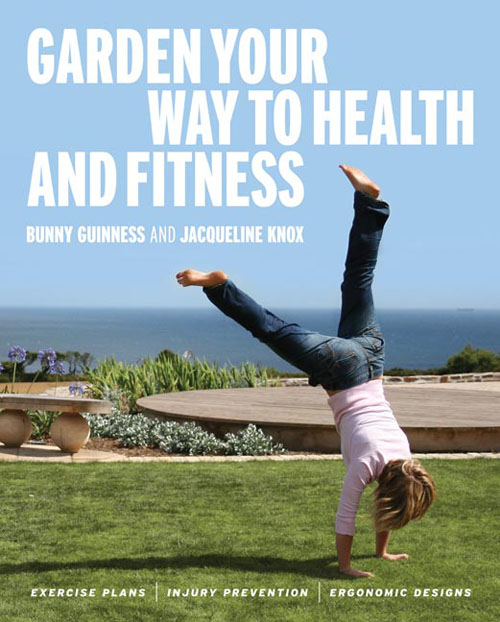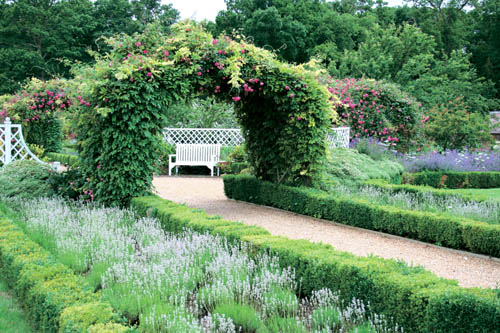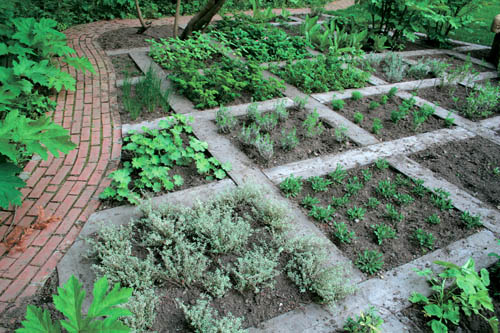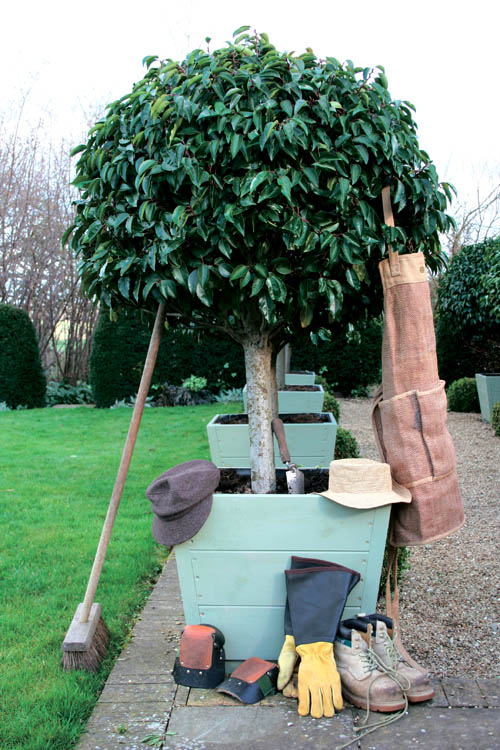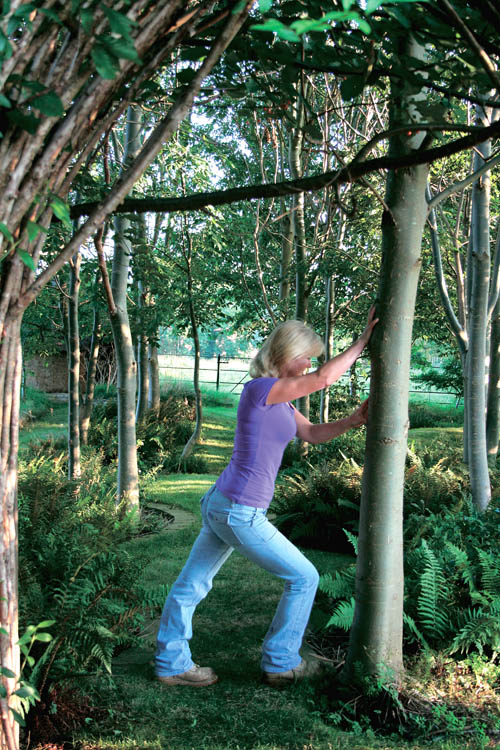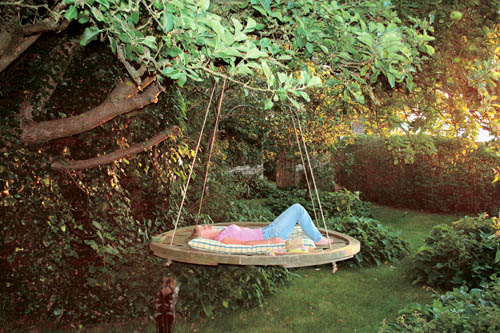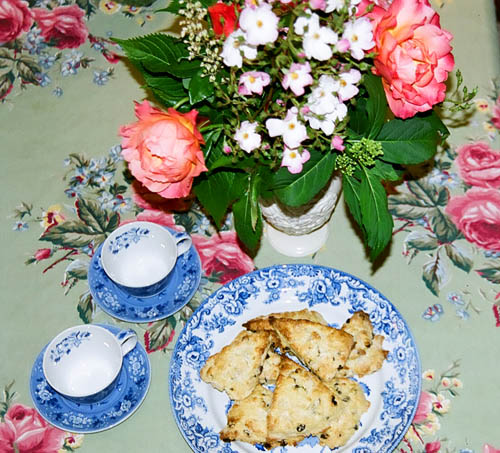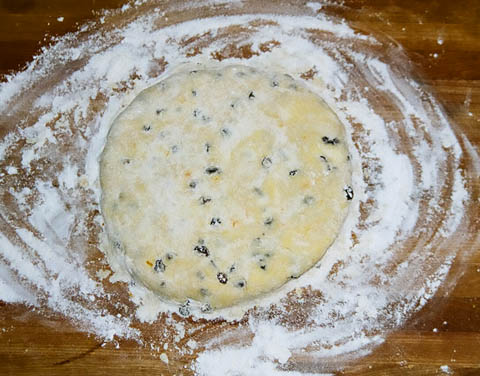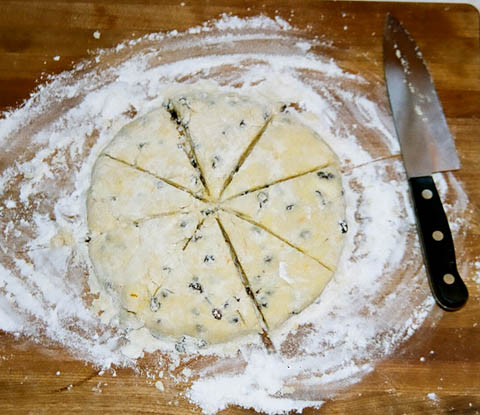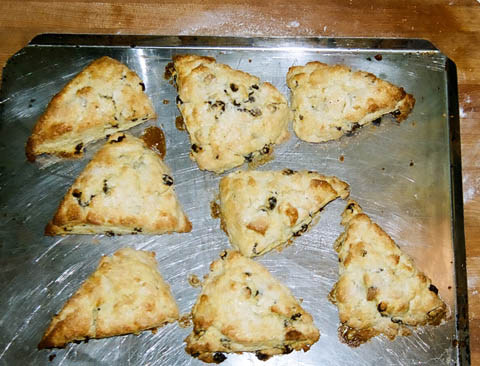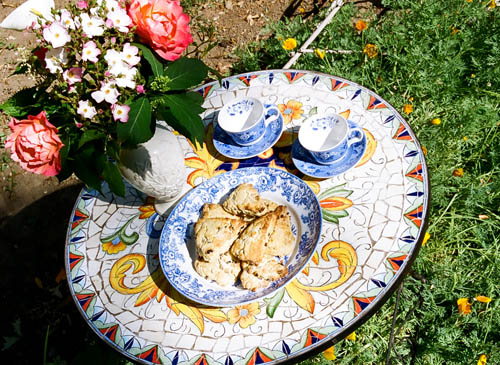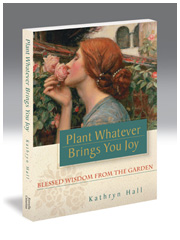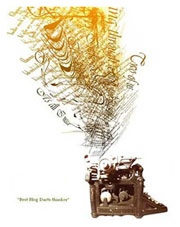“Follow the compass of joy.”
–Barbara Marx Hubbard
This morning I arose early, as is my custom, and as I made my daily cup of tea and honey I found myself pondering a long list of possible places to visit with my camera. Oh, a long list, my dears. I took utter delight in imagining myself visiting the town just north of the Golden Gate Bridge where Antonia spent her early childhood. I would recreate the walk we took nearly every day along the Bay. I knew exactly where the old nasturtium beds still blossomed, where the purple bougainvillea blooms along the pier. Oh, yes! But no. My body said no. OK, how about the gentle rolling drive out through the redwoods to the coast? Lovely as it is, again a gentle no. Hmm. I know! A trip to Oak Hill Farm! Oh, yes, I can shoot the beautiful tipped redwood tree, roots exposed, at the gate! A wonderful and beloved image. Regardless of the merit of the creative idea, each suggestion fell into a soundless vaccuum with no splash following the luminous pebble tossed. Then what? I nagged. A need to go inside more deeply. To listen more carefully. What? Then what?
Gradually the excitement stirred by my creative imagination settled to the side and what emerged was a simple question: what if you stayed home? Is there not enough in your own backyard to film and write about? And if not, WHY NOT?
Bingo.
I pulled my camera out of its case, looked gratefully skyward at the gentle morning light and ventured out into my Own Back Yard to look for treasures. Within seconds I saw what the Universe was guiding me towards–a whole lot of Somethings not quite in their prime. I was flooded with humility and gratitude and the realization that my first inclination had been to gravitate towards the technicolor splendor of the fully mature. I adjusted my inner lenses and sharpened my vision towards the yet to become, the green, the forming.

An Early Girl, bless its little heart. It is working its way toward nurturing me. And first I must nurture it, which of course I do, faithfully.
It has a brother.
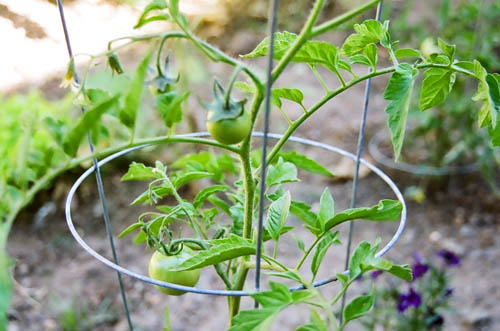
My appreciation heightens as I abandon my busyness and my thirst for flamboyant color. This is about green. Green is its own beauty. What else lives in its lush but elusive palette?
Of course.

The apples.
I grab a red and green apple from the tree. They are the most crisp, the most wonderful apples I have ever tasted. But what are they? I drop it into my bag which I take with me to the Saturday morning farmer’s market. I search out the elder, Jo Gowan, who lives on over 250 acres filled with fruit trees, largely apples. She will know. I see her wizened face among the crowd and move towards her, smiling as I pull the apple from the sachel. “Jo, I knew you would know. What kind of apple is this? Can you tell me?” She responds immediately and practically. “That is a delicious apple. That is a delicious apple before they started messing with it. This is the original apple.” I have an original apple tree in my back yard…I feel so privileged. So lucky.
I stare happily through the lens and capture the small emerging apples in my camera, remembering their promise of the best apples I have ever eaten coming end of summer. Yum. My tummy growls and my gratitude expands.
What else? What else?
The plums, of course, stand next to the delicious apples. They will be offering their store much much sooner. Conner is especially fond of these!
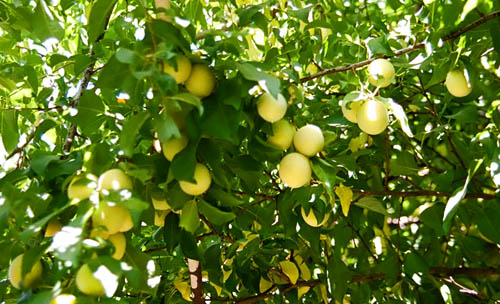
My lovely lovely hydrangeas are just turning from greens to their resplendent pinks and blues and pastel loveliness. I cherish them so.

And the very first of the nasturtium blossoms are peeking out beneath their fully formed leaves. This year I will finally use them in my salads. (Some things take time.)
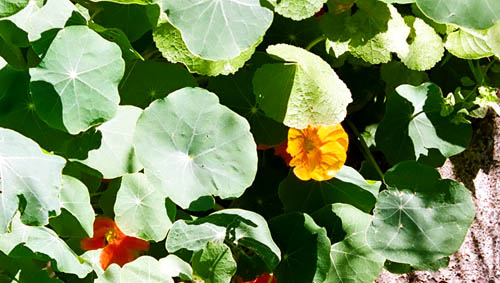
Not all the greens are in their nascent phase. Here is a favorite I discovered year before last. It is invasive and likes to be very moist, so it’s happy, and I’m happy, that it lives in a container. I’m very fond of it. I was attracted to it for its variegated leaves, tinged with pink. The little white flowers that eventually emerged were an additional surprise.

Of course, dear readers, there is a time to venture out, to explore, to push our boundaries, to learn and grow with new input, new vision, new adventure. But, gosh, I for one am going to be ever more mindful of examining that impulse when it surfaces. It might just be that what I need most–and perhaps where I am most needed– could be right in my own backyard.
Love and gardening blessings,
Kathryn xox
Posted on June 8th, 2008 by Kathryn
Filed under: People at Life | 26 Comments »

